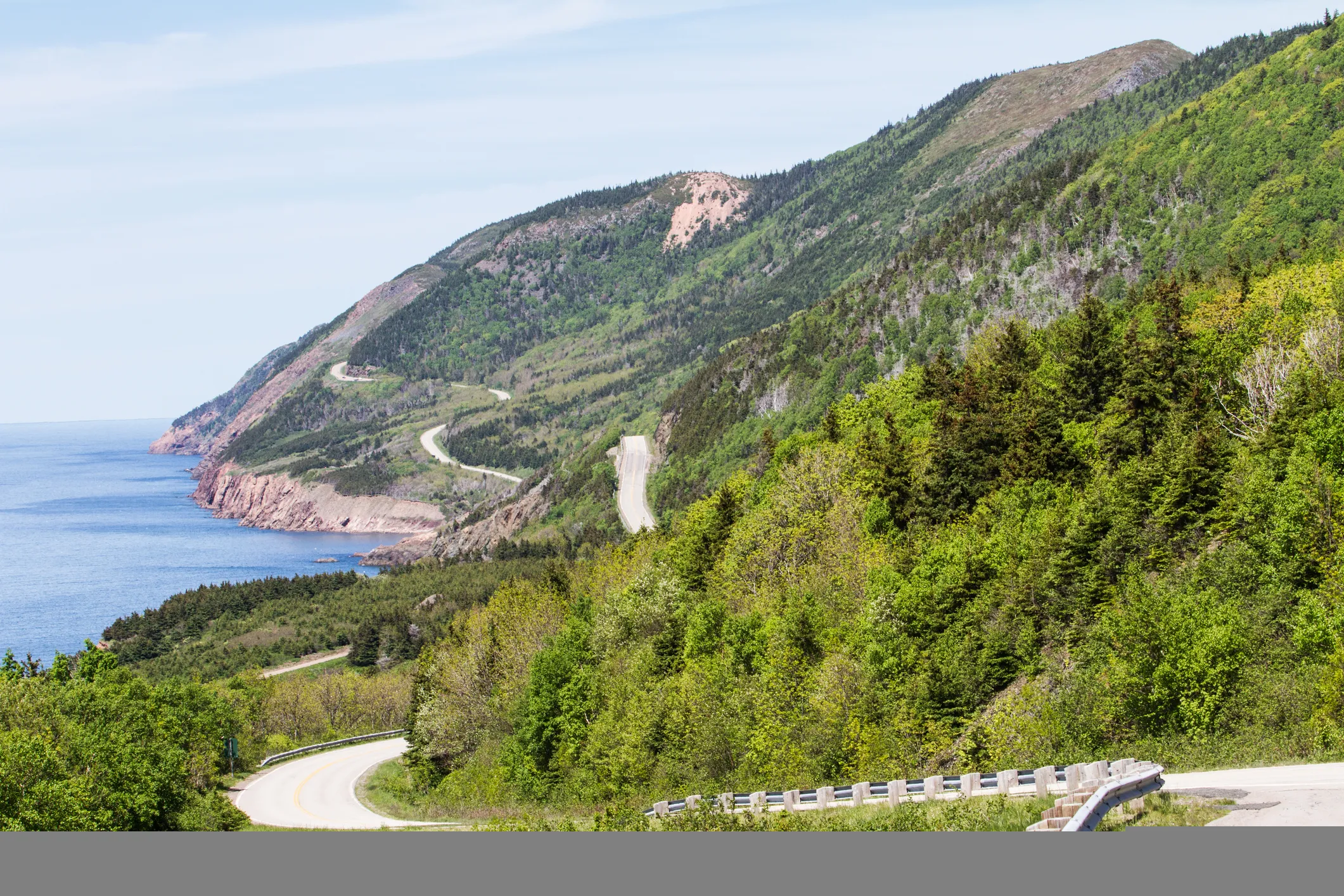
Nova Scotia will commit US$748 million over the next seven years for improvements to the eastern Canadian province’s highways, bridges and ferry infrastructure.
The money is part of the recently announced Five-Year Highway Improvement Plan.
Kim Masland, Nova Scotia’s public works minister, said it’s one of the biggest investments ever for improving the provinces highway infrastructure. The five-year plan maps out the government’s approach, year by year, to repair and maintain the province’s 23,000km of roads and highways and 4,100 bridges. Included is the replacement or rehabilitation of 31 bridges.
In 2023/24, the province will spend $336 million on major highway projects already underway. It will spend an additional $436 million on six new major infrastructure projects between 2025 and 2030.
Major projects earmarked to start this year are the twinning of sections of highways 101, 103 and 104 as well as the four-lane Highway 107 Sackville-Burnside-Connector.
The province says it is also doubling its gravel road spending to $30 million and doubling bridge spending to $45 million. Nova Scotia has more than 8,400km of gravel roads and they make up 35 per cent of the provincial road network.
According to the five-year plan, maintaining 90 per cent of all public roads in the province falls to the provincial Department of Public Works. The cost per kilometre on average is $299,000 to rehabilitate the road infrastructure, an average of $523,500 or more to upgrade a trunk highway and between $5 million and $5.2 million to twin a highway.
The five-year plan can be viewed by clicking here.
In early 2021, Nova Scotia said it would spend two-thirds more money on road construction and maintenance during fiscal 2021 than it spent in 2020. The provincial government said it will spend around $392.5 million to upgrade and improve main highways, roads and bridges within the province. The money went to improving intersections, building roundabouts and interchanges and constructing turning and passing lanes.







